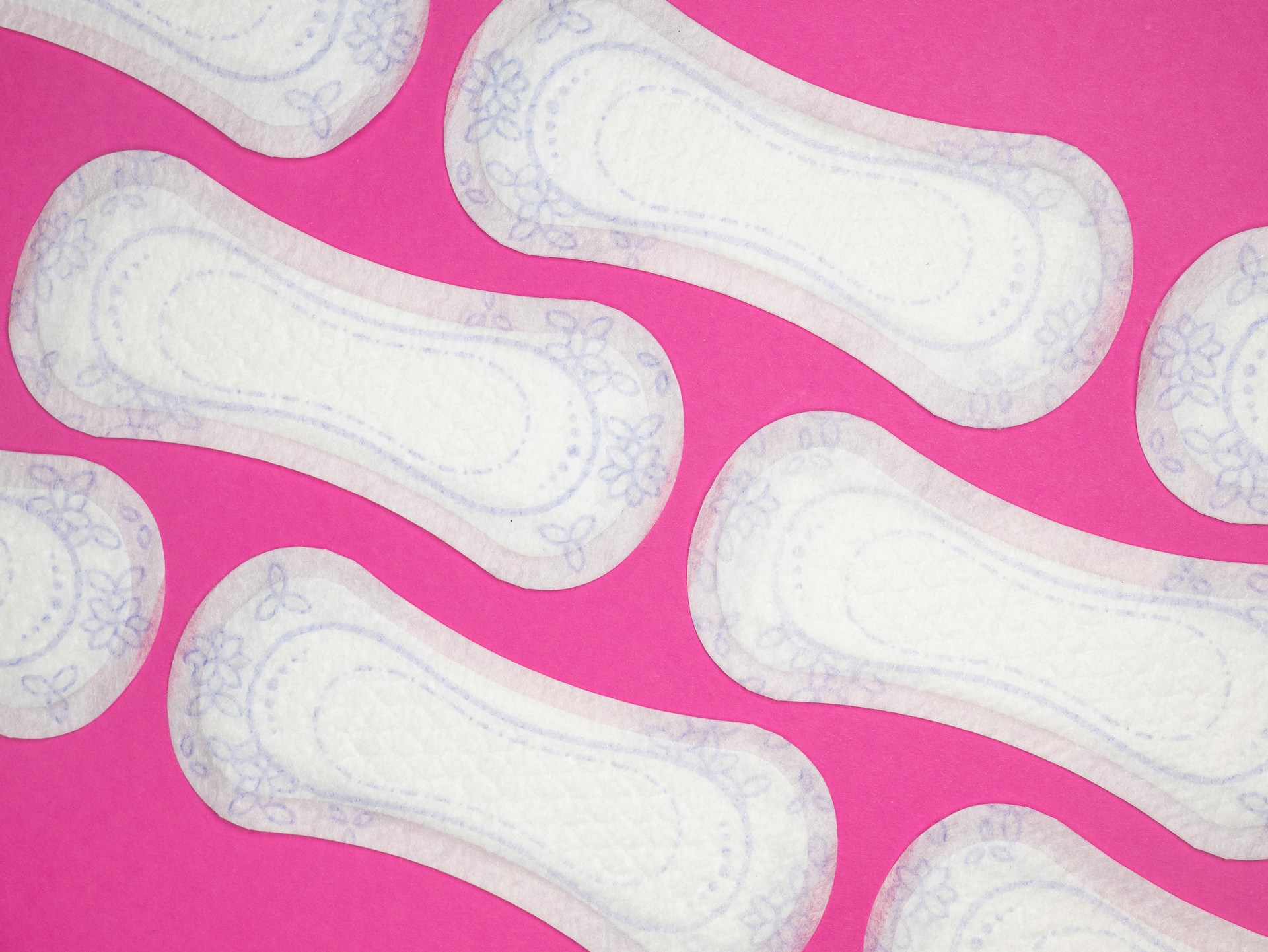In a 2019 survey conducted by the Washington University in St. Louis, two in three respondents reported that they had struggled to afford menstrual products at least once in the previous year. Around 76 percent of students were being taught more about frog anatomy than female anatomy in 2021, according to research commissioned by Thinx and PERIOD.
What is period poverty?
In the United States, the Menstrual Equity for All Act of 2021 was passed in Congress “to increase the availability and affordability of menstrual products for individuals with limited access, and for other purposes.” The legislation required elementary, middle, and high schools to have at least one spot where anyone could access menstrual products. Although, students on campus may still find it hard to find tampons and pads without period product dispensers in restrooms, which would make menstrual health products more accessible.
Effects of period poverty
Period poverty has proved to lead to both mental and physical health issues. Those who’ve experienced period poverty are two times more likely to be diagnosed with depression and anxiety.
Without access to appropriate menstrual products like pads and tampons, tissue paper and unsanitary rags become the alternative. These practices could increase the risk of female genital mutilation (FGM) in developing countries and various infections according to UNICEF.
Causes of period poverty
One issue when it comes to period poverty is low-income. A 2019 study by Washington University in St. Louis found that in the past year, about half of respondents had been unable to afford both food and menstrual hygiene products. One in five said this had occurred on a monthly basis. Instead, they opted for toilet paper, paper towels taken from public places, children’s diapers, and other unsafe products. Discriminatory disparities like the gender pay gap don’t help.
Period products themselves are expensive. The tampon tax, or period tax, is the global phenomenon where menstrual products have an additional sales tax while items like groceries or erectile dysfunction pills and condoms don’t have this added tax. The tampon tax only exacerbates the period poverty crisis.
Period stigma
In schools, conversations about menstruation may be regarded as inappropriate or irrelevant. This stigma bars us from shining the light on the problem of period poverty and keeps us from the conversations we need to have. Thorsten Kiefer, CEO of WASH United, an organization that focuses on the promotion of menstrual hygiene, says schools need to open up to these conversations for young students who will need this information for their first period. He says it’s important to ensure they can handle the situation correctly and aren’t risking their health.
“I will never forget the story of Khushi, a girl from Northern India. Khushi was on her way to school when she noticed blood between her legs,” Kiefer said.
“She knew what this meant: she had cancer and she was dying, now… when she reached home, her mother told her that she wasn’t dying, but that she was a woman now.”
Menstrual stigma can also cause period poverty. Misinformation about periods leaves young menstruators unequipped to appropriately deal with their cycle leading to increased risk of infections and reproductive health issues.
Menstruation during COVID-19
The COVID-19 pandemic limited access to period products. One study found that over 30% of respondents found it more difficult to access menstrual products during the pandemic. Those who identified as Hispanic were much more likely to say that COVID-19 made menstrual health products less available.
Initiatives and solutions
Non-profit organizations like PERIOD are at the forefront of combating period poverty. You can sign this petition to put pressure on governments to end the tampon tax, or you can donate to this GoFundMe to increase the availability of menstrual products in rural and sparse areas.

